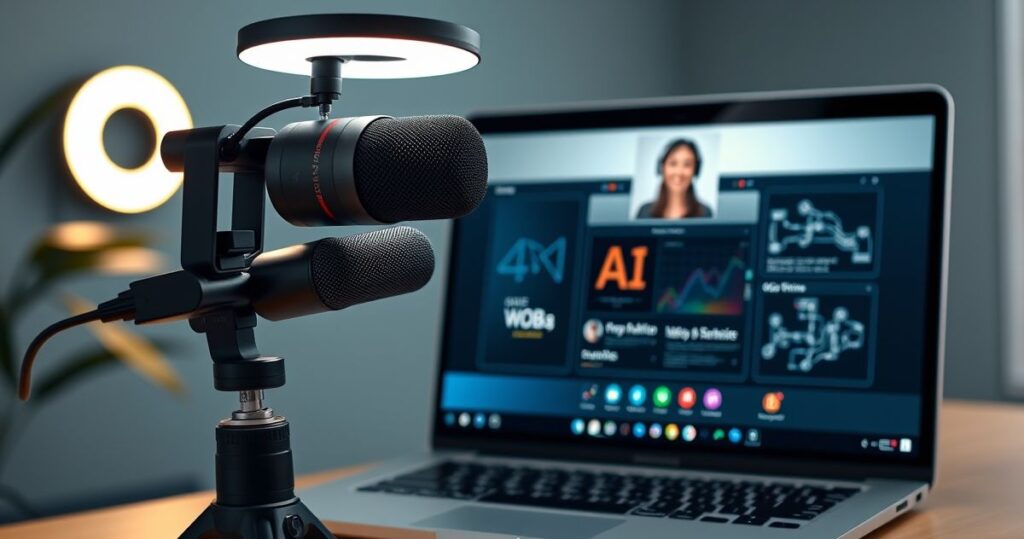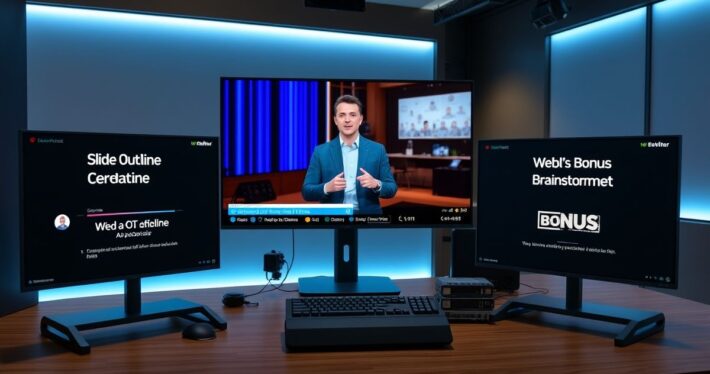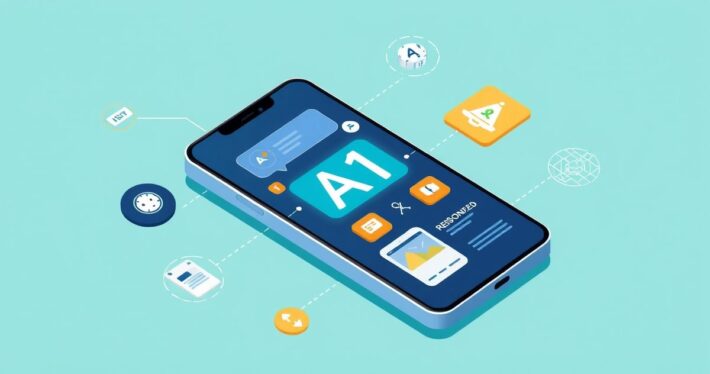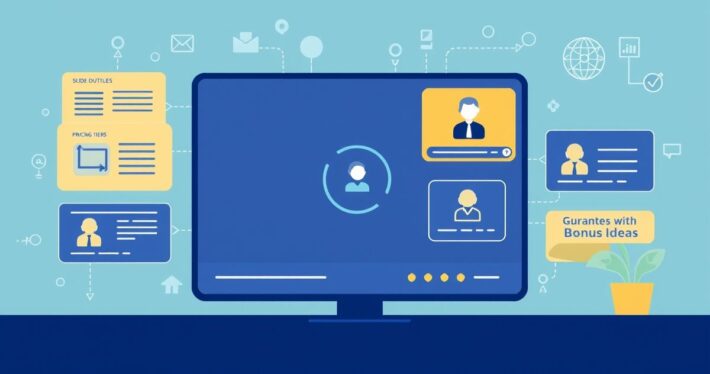AI tools that ensure seamless integration of webinar hardware.

Webinars have become a cornerstone of modern business communication, but let’s face it: the technical setup can be a nightmare. From cameras and microphones to lighting and software compatibility, the hardware integration process can feel like a never-ending puzzle. But what if AI tools could take the stress out of this equation? Enter AI-powered solutions designed to ensure seamless integration of webinar hardware, making your setup process faster, easier, and more reliable.
Why Webinar Hardware Integration Matters
Before we dive into the AI tools, let’s talk about why hardware integration is so important. A webinar is only as good as its technical execution. Poor audio, choppy video, or mismatched lighting can distract your audience and diminish your message. But when everything works together seamlessly, it creates a professional, engaging experience that keeps your audience hooked.
The challenge? Most webinar hosts aren’t tech experts. They’re marketers, educators, or business owners who want to focus on their content, not their hardware. This is where AI tools shine—they bridge the gap between technical complexity and user-friendly simplicity.
How AI Tools Simplify Hardware Integration
AI-powered tools are revolutionizing the webinar landscape by automating the tedious aspects of hardware setup. Here’s how:
1. Automated Device Recognition and Configuration
Ever spent hours trying to figure out why your camera won’t come up on the webinar software? AI tools can automatically detect and configure all connected devices, from webcams and microphones to lighting setups. For example, tools like OBS AI Companion use machine learning to recognize your hardware and optimize settings for the best performance.
2. Real-Time Monitoring and Adjustments
AI doesn’t stop at setup—it also monitors your webinar in real-time. If your camera loses focus or your audio levels drop, the system can make adjustments on the fly. Tools like Riverside.fm use AI to ensure consistent audio and video quality, even if your internet connection fluctuates.
3. Lighting and Framing Assistance
Proper lighting and framing are crucial for a professional look. AI tools like Logitech’s AI-powered camera software analyze your environment and suggest optimal lighting and positioning. Some tools even overlay real-time guides to help you center yourself in the frame.
4. Compatibility Across Platforms
One of the biggest headaches of webinar hardware is ensuring compatibility with different software platforms. AI tools can act as a universal translator, ensuring your hardware works seamlessly whether you’re using Zoom, Microsoft Teams, or a custom platform.
Real-World Example: Streamlining a Corporate Webinar Setup
Let’s take a look at how this works in practice. Imagine you’re a marketing manager tasked with hosting a company-wide webinar. You’ve got a DSLR camera, a high-quality microphone, and a ring light, but you’re not sure how to connect everything.
Using an AI-powered integration tool, you simply plug in your devices, and the software does the rest. It recognizes your camera and adjusts the focus and exposure settings. It tests your microphone and sets the optimal audio levels. It even suggests the best placement for your ring light based on the room’s ambient lighting. Within minutes, you’re ready to go—no technical expertise required.
Key Features to Look for in AI Integration Tools
Not all AI tools are created equal. When choosing a solution for webinar hardware integration, look for these essential features:
- Cross-platform compatibility
- Real-time monitoring and adjustments
- User-friendly interface
- Customizable settings
- Scalability for different webinar sizes
Overcoming Common Challenges
Even with AI tools, challenges can arise. For example, some older hardware may not be fully supported, or you might encounter software conflicts. The key is to choose tools with robust customer support and frequent updates. Additionally, always test your setup before the webinar to catch any potential issues.
The Future of Webinar Hardware Integration
As AI technology continues to evolve, we can expect even more advancements in webinar hardware integration. Imagine tools that can predict and prevent technical issues before they happen or AI-driven assistants that guide you through every step of the setup process. The possibilities are endless.
Final Thoughts: Why AI Tools Are a Game-Changer
Webinar hardware integration doesn’t have to be a headache. With AI-powered tools, you can focus on delivering great content while the technology handles the rest. Whether you’re a seasoned webinar host or a first-time presenter, these solutions make the process smoother, faster, and more reliable.
So, what are you waiting for? It’s time to embrace the future of webinar technology and leave the technical struggles behind.



